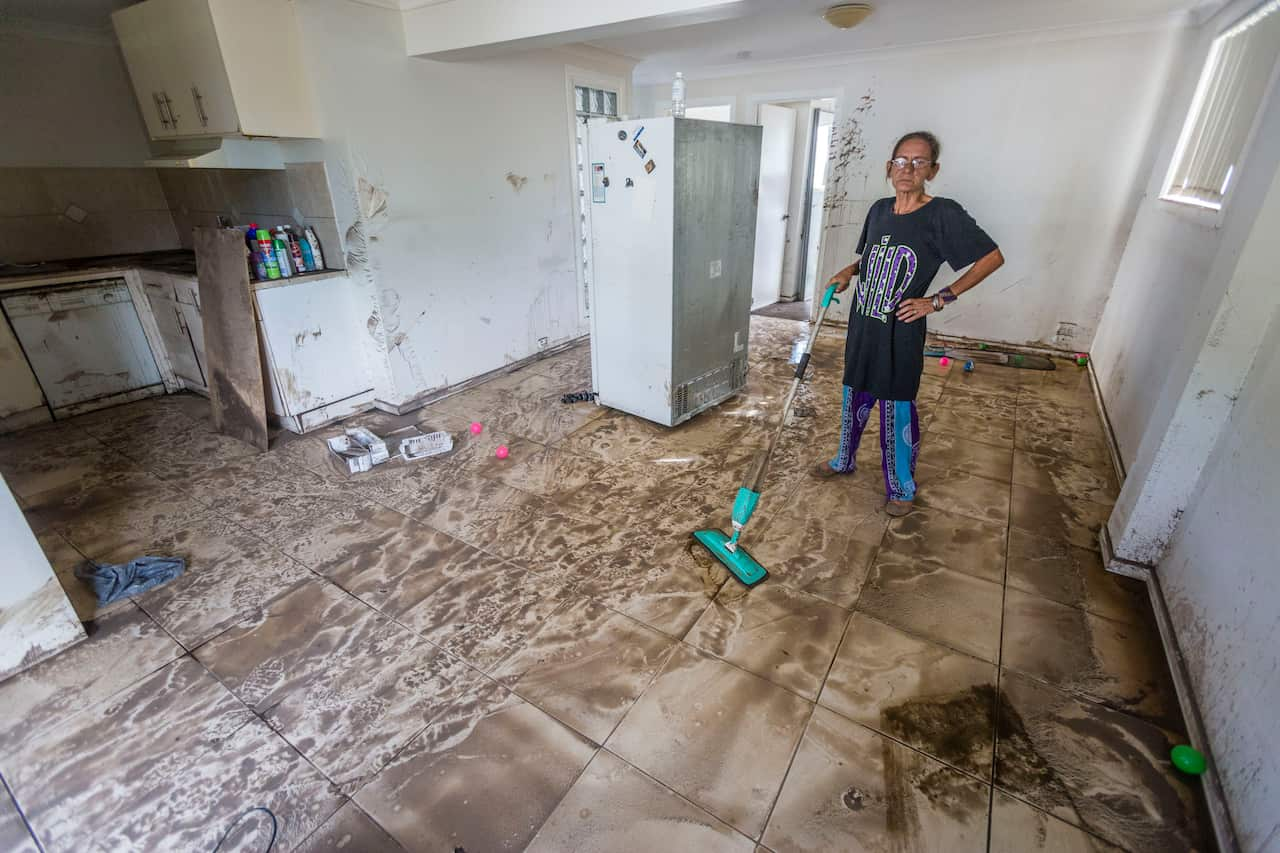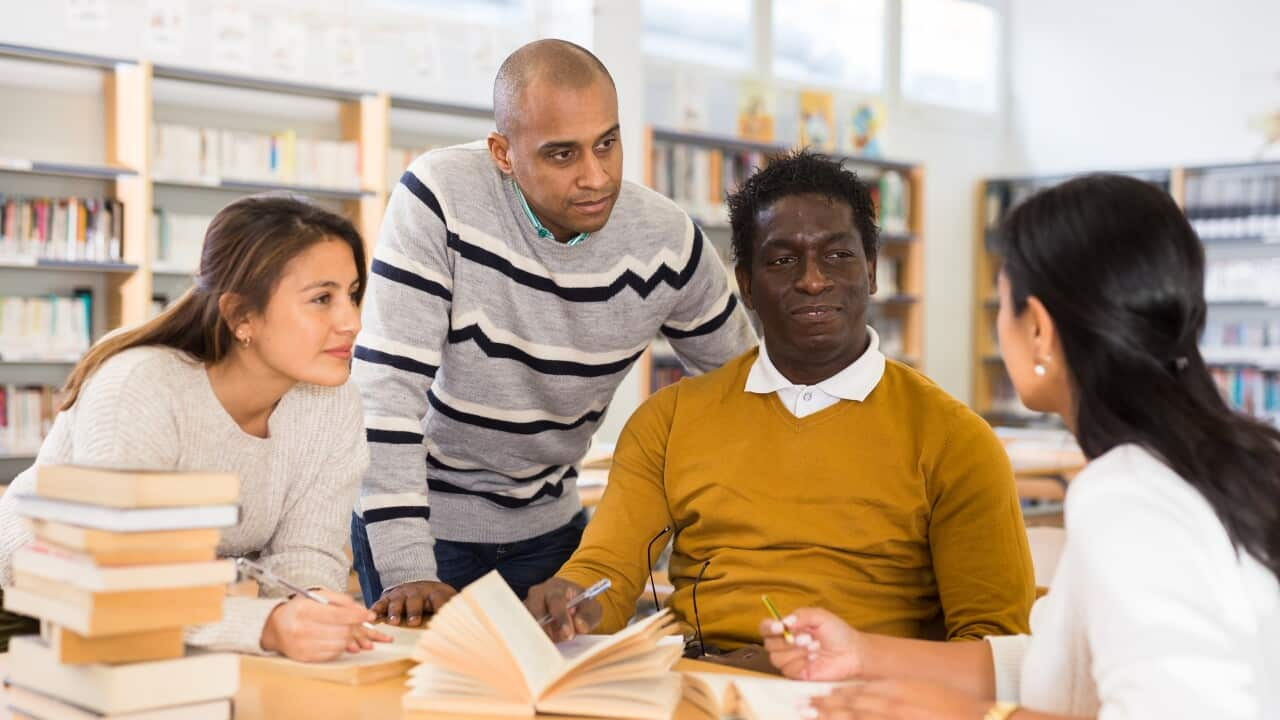Key Points
- Only return home after receiving official clearance, and take precautions against structural damage, electrical hazards, and unexpected wildlife.
- Document all damage before cleaning up to support insurance claims, and check for financial assistance from government programs.
- Dry out your home quickly to prevent mould, disinfect all surfaces, and wear protective gear when cleaning.
- Recovery takes time—seek mental health support if needed, rely on community connections, and offer help to those around you.
If you’ve been through a flood or storm, it’s natural to want life to return to normal as quickly as possible. But safety comes first.
Returning home safely
If you had to evacuate, only return home once your State Emergency Service (SES) has given official clearance.
Before heading back, pack essentials: nonperishable food, bottled water, cash, a charged phone, a torch, batteries, and cleaning supplies. Avoid driving through floodwater, and be cautious of hazards like fallen trees and power lines.
Upon arrival, conduct a visual inspection of your home’s structure before entering. Ensure that electricity and gas are turned off.
Entering your home safely
“Use a torch before going inside your house. Don’t turn on any power points,” advises Dorothy Tran, Community Capability Officer at New South Wales SES. “You want to get everything checked out by a qualified electrician before turning on any of those power points.”
Returning home can be overwhelming. If possible, keep children and pets away initially.
To prevent injuries, wear sturdy shoes, gloves, and long-sleeved clothing made from thick fabric.
And keep an eye out for unexpected house guests. Birds, frogs, and insects may have sought shelter indoors. Snakes and bats should be removed by professionals.

Dry out your home quickly to prevent mould, disinfect all surfaces, and wear protective gear when cleaning. Credit: Glenn Hunt/Getty Images
Insurance and financial support
If you’re insured, document all damage before beginning the cleanup. Take photos and videos, and keep a detailed record of losses. .
Matthew Jones is the General Manager of public affairs for the Insurance Council of Australia.
He says, you can start the claim process as soon as you can.
“And [you] can add other damage to the claim as [you] go through [them].”
Some insurance providers offer quick payouts for essentials like temporary accommodation or food spoilage.
Government disaster assistance may also be available. Visit and stay updated on new support measures.
Cleaning up: Act quickly
To prevent further damage and mould growth, . Open windows and doors, and once power is restored, use fans, dehumidifiers, and heaters.
Disinfect all surfaces exposed to floodwater, particularly in food preparation areas. Discard any food that has come into contact with floodwater.
“Floodwater has a lot of contaminants; it could be chemicals, it could be human or animal waste. We do need to consider throwing all these items out or giving them a really thorough clean if you can before using any of them,” Dorothy Tran explains.
In addition to your protective clothing, wear a respirator if you’re using strong chemicals or cleaning up mould. Mould will need to be . In some cases, you’ll need the help of professionals.
Prioritising Health and Wellbeing
Mould can pose serious health risks. Emergency physician and public health and disaster expert Dr Lai Heng Foong warns that certain groups, like people with asthma, are particularly vulnerable.
She mentions other health risks after floods: “Diarrhoea and vomiting from contaminated food, carbon monoxide poisoning from generators and also mosquito-borne disease for example Ross River and Barmah Forest viruses, and we've also seen cases of Japanese Encephalitis.”

You can assist others by volunteering with local organisations or donating to relief efforts like the Red Cross. Credit: Dan Peled/Getty Images
“People think that a disaster happens and then it takes a couple of weeks or a couple of months and then they'll be back to pre-disaster life. What we know from experience is that it takes a lot longer than anyone anticipates. People have so many different priorities coming at them whether it's the school being closed whether it's dealing with your insurance company whether it's applying for the different grants available or just the need of having to clean up your house.”
She encourages self-care, whether through a walk or a cup of tea. is especially crucial: maintaining routines, listening to their concerns, and looking after your own mental health all help.
The Power of Community
Checking in on your neighbours after a disaster can make a world of difference.
“Most people after a disaster are helped by friends and family and neighbours and people who live closer to them,” Erin Pelly says. “People looking out for each other is really key for coping with post-disaster life.”
Andrijana Miler recently experienced her first cyclone in northern New South Wales. She was moved by the strong sense of community.
“We had a Facebook group of Ocean Shores that would tell each others what happened on the streets, who had water, who had Internet, who didn't, if anybody needed stuff for their children or milk. Or if anybody was going anywhere, what tree had fallen down, and people would take pictures. It was kind of a continuous little connection,” she says.

In addition to your protective clothing, wear a respirator if you’re using strong chemicals or cleaning up mould. Credit: Dan Peled/Getty Images
How you can help
You can assist others by volunteering with local organisations or donating to relief efforts like the Red Cross.
But sometimes, the simplest acts make the biggest impact.
“Knowing that someone cares, knowing that someone listens to what you're going through and helps you come to terms with what has happened is so important for people. It doesn't have to be donating stuff or donating money, but really sharing your heart with someone and your ear and listening to their concerns,” Erin Pelly says.















